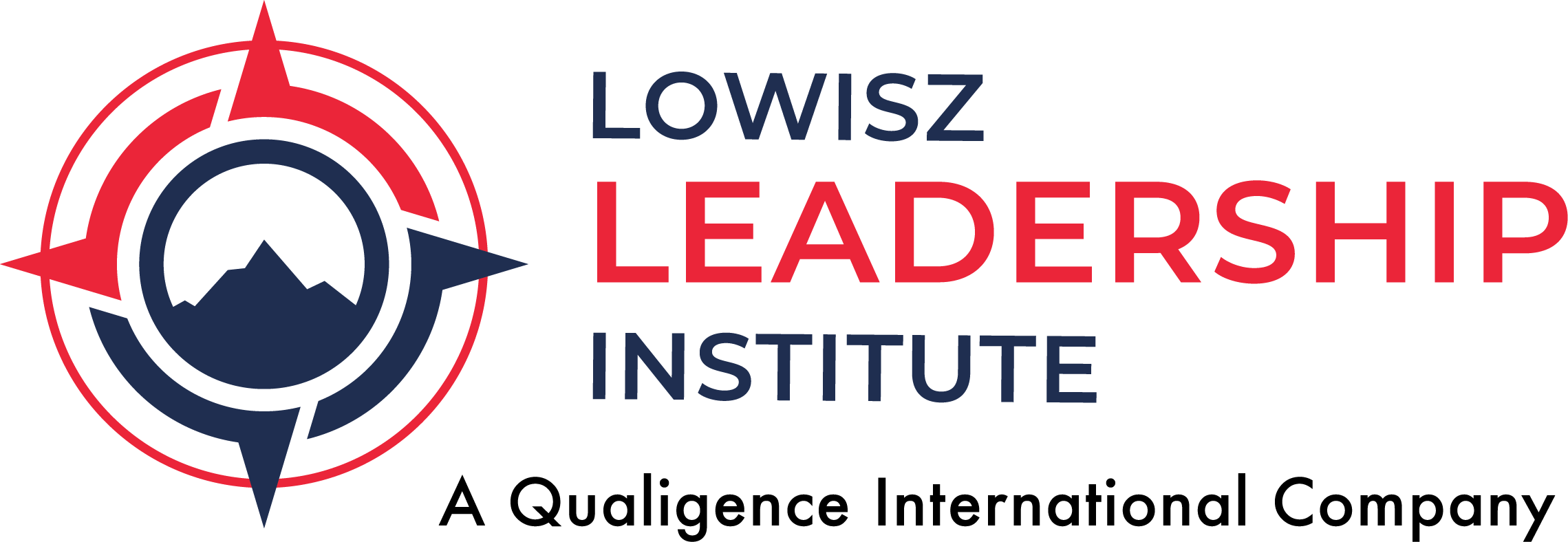Your Open Door Policy Isn’t Leadership, It’s a Liability
Oct 3
/
Steve Lowisz
Why do so many leaders brag about having an open door?
I’ve lived it. Early in my leadership, I thought keeping my door open made me supportive. It meant a steady stream of “got a minute?” drop-ins that drained my focus, slowed my progress, and trained my team to depend on me instead of themselves.
Studies show task-switching cuts productivity by up to 40%. Leaders who fix every problem at their desk aren’t helping—they’re robbing people of the chance to think, act, and grow.
Why do we pretend that constant interruptions equal “accessibility”?
Why do we act like being available 24/7 is the same thing as being effective?
Let’s be real:
- An open door creates a distracted leader.
- A distracted leader creates a distracted team.
- And distracted teams don’t win.
I’ve lived it. Early in my leadership, I thought keeping my door open made me supportive. It meant a steady stream of “got a minute?” drop-ins that drained my focus, slowed my progress, and trained my team to depend on me instead of themselves.
Studies show task-switching cuts productivity by up to 40%. Leaders who fix every problem at their desk aren’t helping—they’re robbing people of the chance to think, act, and grow.
Accessibility matters. But it’s not about being on call like tech support. It’s about trust, clarity, and structure.
If your open door feels more like a revolving door of chaos, that’s not leadership. That’s babysitting.
Where Leaders Go Wrong
Many leaders confuse availability with effectiveness. They want to be helpful, but in the process, they create dependency and distraction.
When you step in to solve every problem, you become the bottleneck. And worse, you train your people not to solve problems themselves.
We recorded a short video on this exact issue:
You can’t build capable people if you’re always the crutch.
You can’t drive focus when you model distraction.
You can’t scale leadership if every decision bottlenecks at your desk.
3 Better Moves Than an Open-Door Policy
Set Office Hours for Leadership
Choose 1–2 hours a day when people can bring you issues. Outside of that, you focus on leading. This sets boundaries and teaches the team to think before they interrupt.
Require the Two-Solution Rule
No one walks in with a problem unless they bring two possible solutions. This stops “dump and run” behavior and forces people to problem-solve first.
Redirect Instead of Rescuing
When someone brings an issue, don’t fix it for them. Ask: What options have you thought of? Which gets us closer to our goals? Guidance builds leaders. Rescuing builds dependency.
A Gut Check
Ask yourself:
- Am I building independence or creating reliance?
- Am I modeling focus or distraction?
- Am I guiding or rescuing?
Leadership by Design
The goal isn’t to keep your door open.
The goal is to keep your people growing.
At the Lowisz Leadership Institute, we teach leaders how to guide, not drive. That means building teams with accountability, independence, and resilience. Leadership isn’t about being available all the time, it’s about developing people who don’t need you all the time.
So think about it: is your open-door building leaders or babysitters?
Write your awesome label here.
Tell Us About Your Event!
Steve Lowisz or Leah Nauseda will reach out directly!
Write your awesome label here.
Tell Us What Date You Are Requesting
Upon receipt of your request, Leah Nauseda or Steve Lowisz will reach out to discuss.
Work With Jason Lioy
Provide your information below and a member of our team will reach out within 24 hours.
Write your awesome label here.
Tell Us About Your Bank Event!
Steve Lowisz or Leah Nauseda will reach out directly!
Write your awesome label here.
Tell Us About Your Assocation!
Steve Lowisz or Leah Nauseda will reach out directly!

